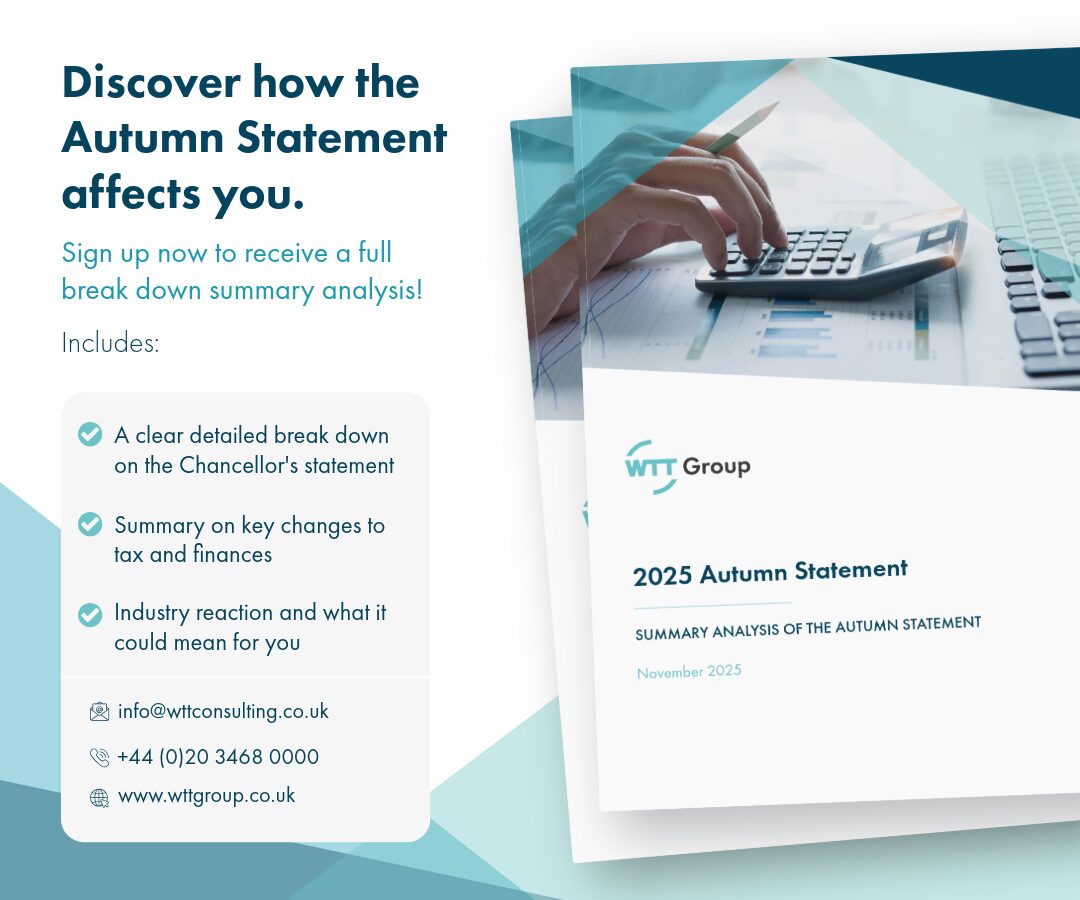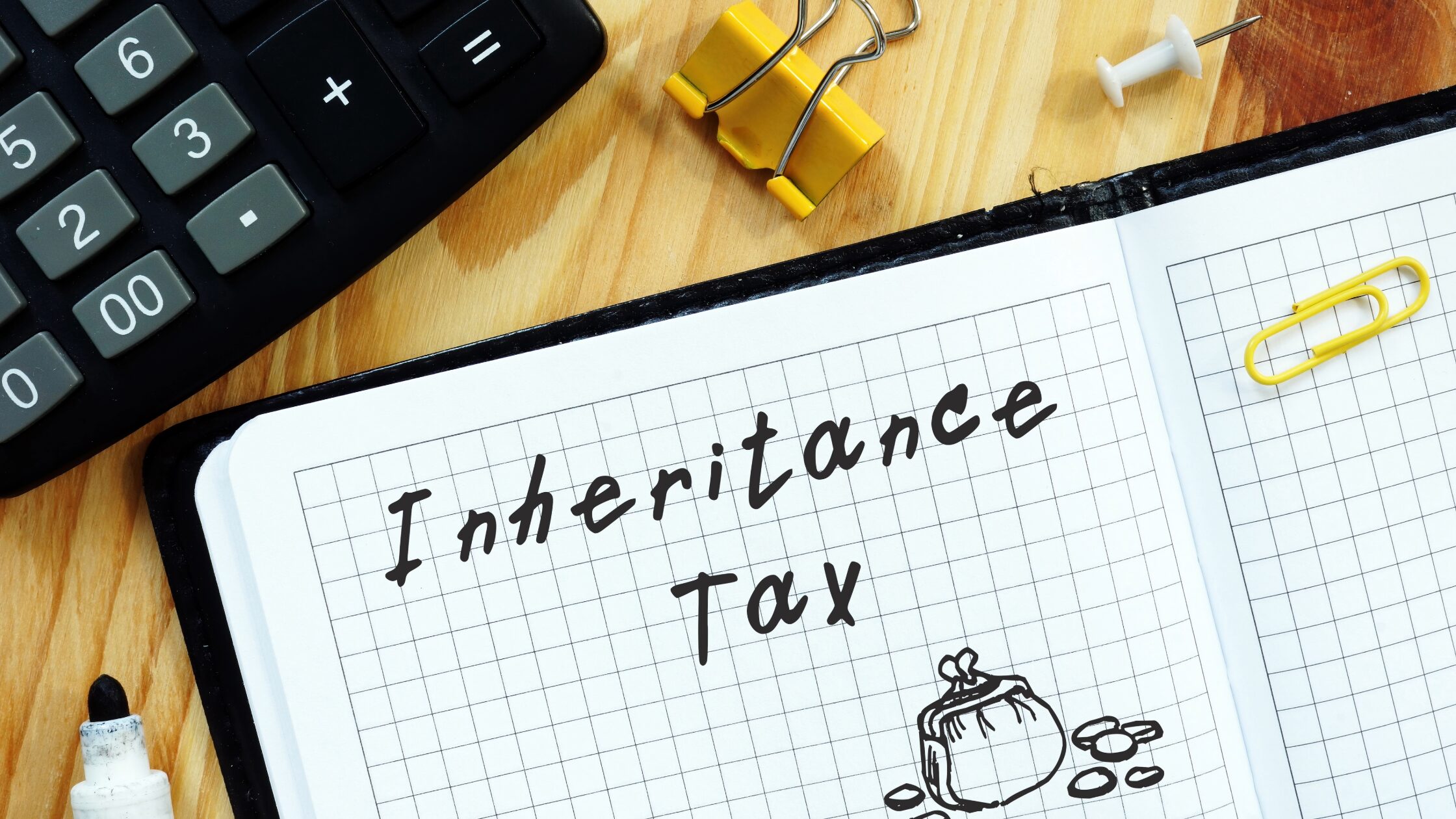Checked & unbalanced
10th December, 2021 I’m often educated by my law trained business partner as to…

Inheritance Tax (IHT) remains one of the most significant considerations in estate planning. Furthermore, with the proposed 2027 rule changes set to include most unused pensions within the taxable estate, more families than ever will find themselves facing unexpected liabilities.
Yet, for many individuals, the full impact of IHT only becomes clear when looking at real-world examples. Below, we explore four scenarios that show how IHT can impact different situations and how professional advice and structured inheritance tax mitigation strategies, can drastically transform outcomes. Through these case studies, we show why proactive planning, through trusts, gifting, or life insurance, can make a substantial difference to what your loved ones ultimately receive.

Mr Smith, age 72 and single, passed away in 2028 without ever accessing his £600,000 defined contribution pension. Under the new 2027 inheritance tax rules, this unused pension was included in his taxable estate. When combined with his £400,000 home and £100,000 in savings, the total value of his estate reached £1.1 million.
After applying the standard Nil Rate Band of £325,000 and the Residence Nil Rate Band of £175,000, £600,000 of Mr Smith’s estate became subject to inheritance tax. Taxed at 40%, this resulted in a tax bill of £240,000.
As no mitigation strategies had been put in place, Mr Smith’s beneficiaries inherited significantly less than expected. Despite his pension being untouched during his lifetime, nearly a quarter of his estate was lost to tax, and assets had to be sold to cover the liability.
This case highlights how essential forward planning is in the run-up to the April 2027 rule changes. Simple steps taken earlier could have protected a substantial portion of the wealth he intended to pass on.

Mrs. Evans, age 68, has an estate worth £1.5 million, including £500,000 in investments and a family home worth £700,000. Concerned about IHT, she decides to start a lifetime gifting strategy.
When initiating her plan, Mrs. Evans seeks professional tax advice and begins implementing a three-step approach to apply gifting to reduce her IHT exposure.
If Mrs. Evans survives seven years, the £250,000 PET will fall outside her estate completely. Even if she dies between 3 and 7 years after making the gift, taper relief may reduce the IHT liability.
By planning early, Mrs. Evans has potentially removed £250,000 from her taxable estate, reducing her family’s eventual IHT bill.

Mr. and Mrs. Patel held an estate valued at £2 million, with limited liquidity tied up in property and pensions. They took out a life insurance policy written into trust to cover any potential IHT bill.
Upon their passing, the insurance payout remained outside their estate and provided immediate funds to settle the IHT charge. Their heirs could retain the family home and investments without selling assets to pay tax.
Life insurance doesn’t reduce IHT itself, but it provides essential liquidity to meet the liability efficiently and stress-free.

Mr and Mrs Lewis, both in their early 70s, owned a large family home worth £900,000 with their total assets overall exceeding £2.2 million. They planned to leave their estate to their two children. However, because their estate exceeded the £2 million taper threshold, they risked losing part of the Residence Nil Rate Band (RNRB). The RNRB is an additional property allowance of £175,000 per individual, which combined can reach up to £350,000.
The couple decided to downsize to a smaller property worth £500,000, freeing up £400,000 in cash. They reinvested part of this into gifts to children and charitable donations, further reducing their taxable estate.
The downsizing also allowed them to retain eligibility for the full RNRB, since equivalent assets were left to direct descendants under the rules. They formalised their new estate plan and ensured their wills clearly referenced the use of the downsizing provisions.
Mr and Mrs Lewis estate dropped below the £2 million taper threshold, preserving key reliefs. They gained flexibility and improved liquidity, while still securing the family home’s value for their children.
Each of these examples demonstrates that IHT planning is most effective when it starts early. By using the right combination of strategies families can not only reduce their exposure but also gain peace of mind knowing their estate will be protected for future generations.
With the 2027 IHT reforms on the horizon, now is the time to review your wealth position and explore which mitigation tools are best suited to your circumstances. Whether through trusts, gifting, or insurance, proactive planning gives you more control and flexibility over how your wealth is passed on.
Want to learn more about inheritance tax mitigation strategies? We’ve created an in-depth guide to help you understand the new IHT rules. This guide breaks down what it means for your estate, and how you can act now to protect your wealth.
Download our guide ‘Navigating the 2027 Inheritance Tax Changes on Pensions’ here.
Got some questions? Book a free 20-minute consultation with one of our advisors. Our experts can review your position and explore how insurance could support your family’s safeguard your wealth.
We’ve created an in-depth, comprehensive guide to help you understand the new IHT rules, what they mean for your estate, and how you can act now to protect your wealth.
Download our guide ‘Navigating the 2027 Inheritance Tax Changes on Pensions’ here.
Got some questions? Book a free 20-minute consultation with one of our advisors to discuss inheritance tax mitigation strategies.
The information contained in this blog is provided for informational purposes only and should not be construed as tax advice on any matter. Circumstances will affect tax requirements and liabilities and advice should be tailored to your individual circumstances.
 Article
Article
10th December, 2021 I’m often educated by my law trained business partner as to…
 Article
Article
2nd July, 2021 Crypto Tax- What can we learn from the US? Introduction The…
 Article
Article
Inheritance Tax (IHT) is one of the most significant considerations in long-term wealth planning,…
 Article
Article
What the Autumn Budget 2025 Means for You Rachel Reeves delivered this year’s Autumn…
 Article
Article
Demystifying Inheritance Tax Misconceptions Inheritance Tax (IHT) is one of the most complex and…
We’d love to hear from you!
Whether you simply have a quick question, or were seeking a more formal conversation to discuss your tax needs, drop your details here and we will be in touch! Alternatively, you can contact us on +44 (0)20 3468 0000.